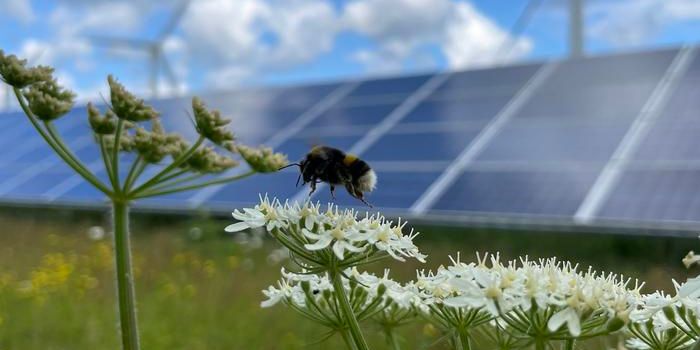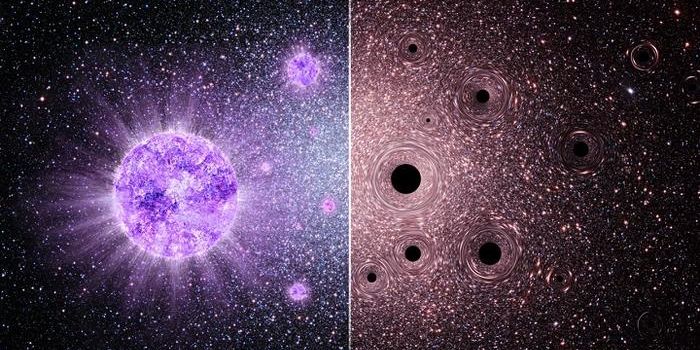Is human hair the key to making perovskites solar cells more efficient?
Researchers from the Queensland University of Technology have designed a new technique to enhance solar cell efficiency using - wait for it - human hair. The unlikely findings from this study are published in the Journal of Materials Chemistry A.
According to Professor Hongxia Wang and Associate Professor Prashant Sonar of QUT's Centre for Materials Science, the carbon dots found on human hair can be adapted to improve the performance of perovskites solar cells. Perovskites solar cells are a form of photovoltaic technology that includes a perovskite-structured compound as the light-harvesting active layer, such as a hybrid organic-inorganic lead or tin halide-based material. Perovskites have gained attention due to their high conversion efficiencies, flexibility, and the fact that they do not require monocrystalline silicon.
So, where did they get all those carbon nanodots, you ask? Why from barbershop hair, of course! Previous studies from the Sonar’s research team had determined that breaking down human hairs and subsequently burning them at 240 degrees celsius produces carbon dots that, as Professor Wang describes, create “a kind of protective layer, a kind of armor” when added to perovskites. "It protects the perovskite material from moisture or other environmental factors, which can cause damage to the materials," Wang adds.
Not only that, but the carbon dots give the perovskite solar cells a higher power conversion efficiency as well as greater stability. "I'm quite optimistic given how much this technology has improved so far," exclaims Professor Wang.
The team hopes that their findings will play a role in making solar more efficient and more accessible in the worldwide economy. "Our final target is to make solar electricity cheaper, easier to access, longer-lasting and to make PV devices lightweight because current solar cells are very heavy," Professor Wang said.
"The big challenges in the area of perovskite solar cells are solving stability of the device to be able to operate for 20 years or longer and the development of a manufacturing method that is suitable for large-scale production. Currently, all the reported high-performance perovskite solar cells have been made in a controlled environment with an extremely low level of moisture and oxygen, with a very small cell area which is practically unfeasible for commercialization.” Wang concludes, “To make the technology commercially viable, challenges for fabrication of efficient large area, stable, flexible, perovskite solar panels at low cost needs to be overcome. This can only be achieved through a deep understanding of the material properties in large-scale production and under industrially compatible conditions."








